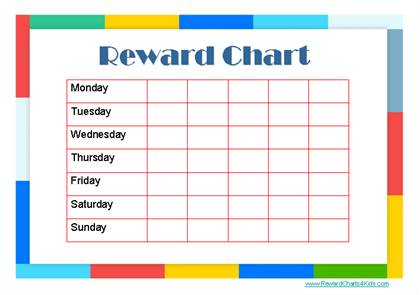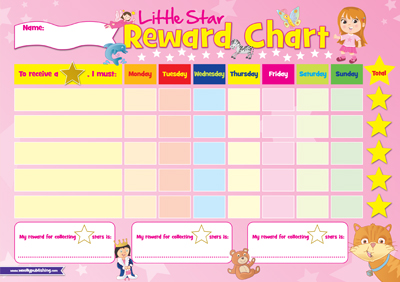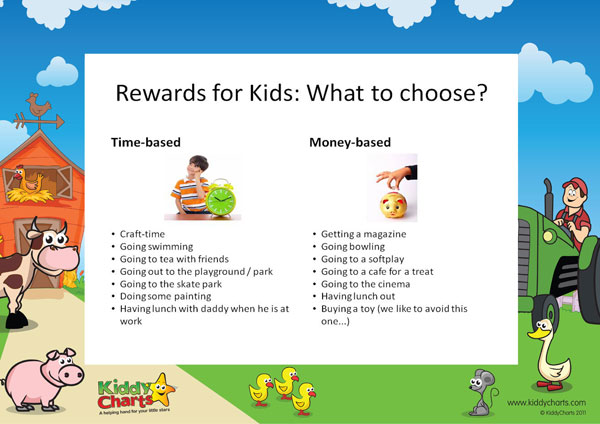Speech Buddies Parents’ Corner – Do Reward Charts Really Work?
Reward charts can be valuable tools for parents who are at a loss when it comes to helping their kids reach goals. It can be a sticky line that many parents aren’t sure how to cross without getting stuck – teetering on the edge between helping kids to reach goals and bribing them to behave in a desired way. Many parents turn to chore charts to help them achieve their own parenting goals and motivate their kids to complete specific tasks or behave in a certain way. But do reward charts really work?
What Are Reward Charts?
The premise of a reward chart is based on behavior modification. Parents have certain things they want to see their kids accomplish, and the chart helps to track progress toward those goals. Maybe you’re most familiar with reward charts for things like using a toddler who is being potty trained staying dry, but charts can be used for varieties of other reasons and goals, including:
- Keeping bedrooms cleaned
- Finishing homework each day by a specific time
- Sharing toys with siblings
- Practicing a musical instrument a specified number of minutes
- Accomplishing assignments or tasks that are sometimes frustrating for your child
- Having a positive attitude
As you can see, reward charts are versatile tools that can be used for tangible things such as practicing a certain number of minutes on the piano each day, or more abstract ideas such as showing a positive attitude in the home. Charts can be simple calendar pages, printable ones for free online, or elaborate Velcro charts you can customize each time.
How Can I Use Reward Charts Effectively?
Setting goals is a lifelong skill and reward charts can help parents teach their kids how to do this, as well as help the child reach the specific goal. This is the key, though. There needs to be a specific goal that is clearly defined for the child in order for the reward chart to have any hope of working. Imagine if at your job your boss simply said: You’ll get a paycheck if you do a “good” job this week. You need to know more information in order to make sure that you are completing all of the steps that lead to “good”. The same is true for a reward chart for your child.
- Make the goal small and simple (practice 20 minutes each day, finish homework by 8:00, etc.).
- Explain the chart to your child in a non-threatening way, and have your child explain back to you how the chart will work. When kids explain something back it helps to reinforce the idea in their own mind.
- Keep the chart easily visible and establish a routine. It might take a while for everyone to remember to use the chart, but consistency is needed in order to see positive change.
- Minimize the “reward” part of the charts and emphasize the power in reaching goals. If you offer a huge prize for reaching the goal at the end of the week, you risk setting your child up to expect gifts (bribes) for basic behaviors. Those expectations for prizes only grow, and intrinsic (internal) motivation for reaching goals actually decreases.
For some kids simply getting to put a sticker or a check-mark on the chart is the reward portion of the process. If you want to use another reward, keep it simple and try to have it relate to the behavior in some way, and make sure the expectations and rewards are age appropriate.
- Meeting piano practice goals = going to listen to a free concert in the park on Friday night
- Doing chores in the kitchen = having a picnic outside on the weekend
- Completing homework on time = earning computer or television time

This and more Reward Charts available on Reward Charts 4 Kids
You can also make homemade coupons for things such as
- Choose Dessert this Weekend
- Stay Up 15 Minutes Later
- Pick the Family Movie to Watch
Reward charts can be helpful tools for parents who are trying to teach their children to reach goals. Keep them simple, make them a part of the routine, and don’t go overboard on the “reward”.





